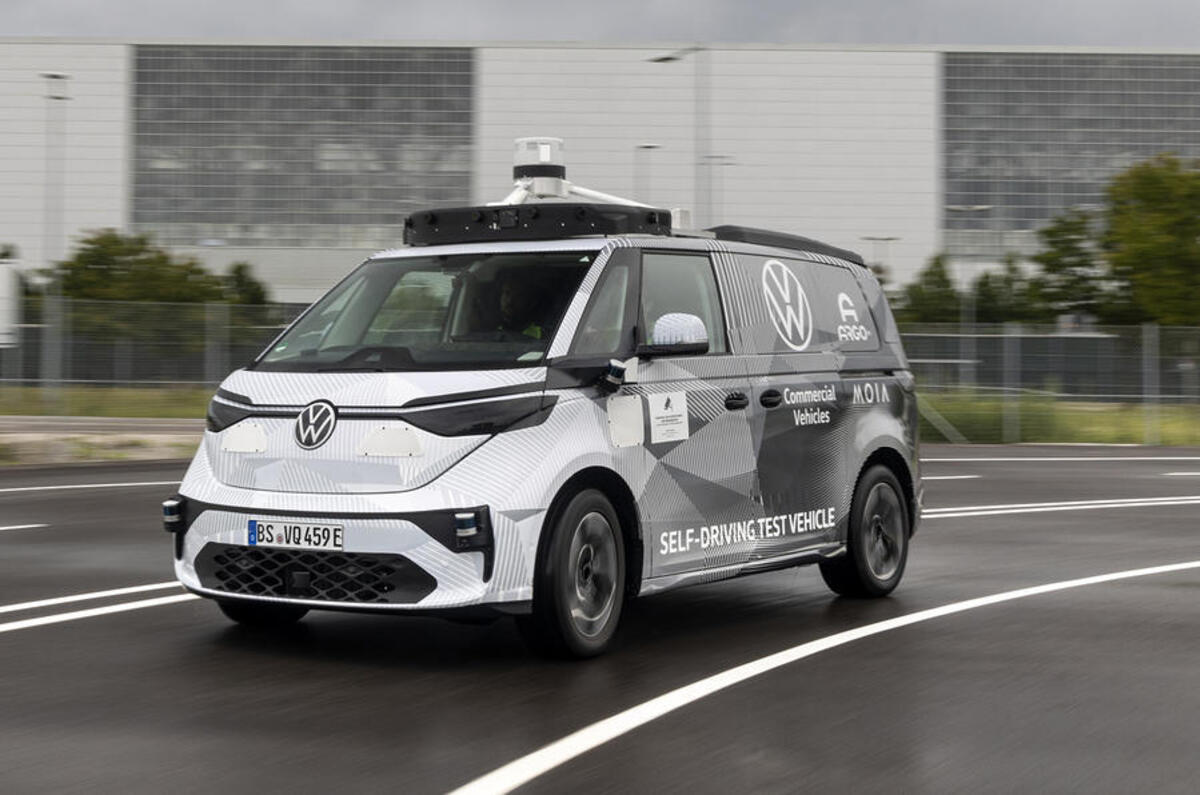When is an autonomous car not an autonomous car? When it relies on feedback and information from infrastructure and other vehicles around it.
As the UK works to unlock what the government says could be a £42 billion industry moving goods and people around in driverless vehicles by 2035, the worry is that we’re asking too much of the vehicle and its on-board technology and not investing enough in the support network that could better facilitate its rollout.
“The dictionary definition for autonomous is not relying on anything else,” Peter Stoker, chief engineer for connected and autonomous vehicles at global automotive testing company UTAC, said. “Some in this business believe we shouldn’t rely on, for example, live data because sooner or later it’s not going to be there.”
However, as the goal of full autonomy looks ever more distant, we might need connected infrastructure to give it a helping shove. Stoker draws an analogy with laptops. “They were a bit clunky to start with but they really took off when you connected them all together,” he said.
Infrastructure helpful to autonomous vehicles includes tech like roadside data transmitters used to share information with the car. It also includes cameras or lidar sensors fixed on poles to better locate vehicles. The idea is that you create corridors such as motorways or urban zones to enable what’s known as level four autonomous driving, which is completely hands-free but restricted to certain areas.

That’s happening right now in China, a country that plans to invest $300 billion (£259bn) between now and 2040 in what’s described as ‘vehicle infrastructure cooperation (VIC),’ the research arm of UBS bank forecast in a recent report. “VIC should drive faster autonomous implementation as it removes vehicle-side technological bottlenecks,” the report said.







Add your comment